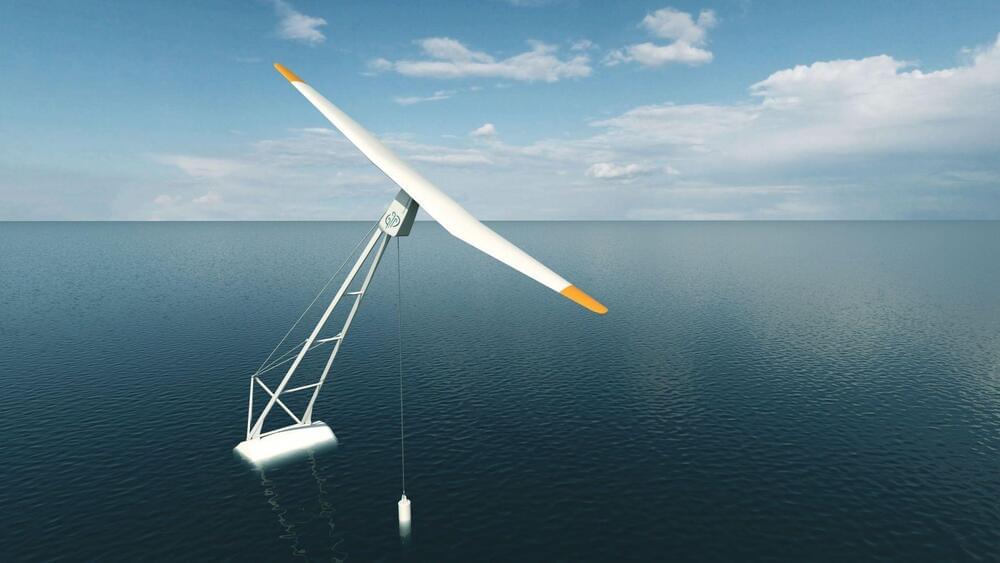Peter Allen.
Published in Nature Catalysis, the six chemists discovered a method that could be used to produce other chemicals.

“He has these enraging qualities, these drives and these demons, but if you pull those out, you don’t have the impulsive character that sets things off,” said Isaacson, who shadowed Musk for two years while researching his book, which published on Tuesday.
“Musk would say you are actually being selfish if you’re sitting there hoping the people in front of you like you,” said Isaacson. “As opposed to cutting off that sense of emotional connection and saying, ‘What’s best for the larger mission?’”
Elon Musk’s reckless streak can’t be separated out from his track record of innovation at companies like Tesla and SpaceX, says biographer Walter Isaacson.

Researchers in Germany and Japan have been able to increase the diffusion of magnetic whirls, so-called skyrmions, by a factor of ten.
In today’s world, our lives are unimaginable without computers. Up until now, these devices process information using primarily electrons as charge carriers, with the components themselves heating up significantly in the process. Active cooling is thus necessary, which comes with high energy costs. Spintronics aims to solve this problem: Instead of utilizing the electron flow for information processing, it relies on their spin or their intrinsic angular momentum. This approach is expected to have a positive impact on the size, speed, and sustainability of computers or specific components.
Magnetic whirls store and process information.

Decarbonising Australia’s transport systems will take more than a transition to electric vehicles. Understanding how and when owners like to charge their cars is important. Our researchers are examining how we might persuade the increasing electricity demand to meet the time-dependent renewable energy supply.
How many people do you know who own an electric vehicle? Most Australians still drive petrol-fuelled cars. But the proportion of electric vehicles (EVs) on our roads is set to boom in coming years, particularly if the government’s plans to introduce a fuel efficiency standard prove successful.
Transport researchers at the University of Melbourne Faculty of Engineering and Information Technology have studied the expectations EV owners have for charging – and what they think of policies and technologies that aim to shape EV charging behaviours.

Specializing in extreme fast charging (XFC) battery technology for electric vehicles, StoreDot aims to solve range anxiety, which is a well-known type of anxiety among EV owners. With its “100inX” technology roadmap, the company aims to achieve a mileage of 100 miles per five minutes of charging by 2024, according to a press release.
The company is at the advanced stages of developing groundbreaking semi-solid state technologies and targets mass manufacturing of its fast-charging battery cells, 100in5, which offer 100 miles of travel in five minutes of charging in 2024, then improve its charging abilities by 40 percent to three minutes by 2028 with 100in3, and finally achieving complete charging in two minutes by improving an additional 33 percent by 2032 with 100in2 batteries.

This genetically engineered microorganism has the ability to break down a type of plastic known as polyethylene terephthalate (PET).
Various bacterial species have demonstrated an extraordinary ability to degrade plastics, which are synthetic polymers known for their long-lasting and non-biodegradable characteristics.
Research in this area continues to advance to create viable and sustainable solutions to combat the growing menace of plastic waste in terrestrial and marine environments.

Revolutionary ‘Lab-on-a-drone’ system detects airborne pollutants in real time.
In a significant stride towards better understanding and combating air pollution, researchers have unveiled an innovative “lab-on-a-drone” system. Published in the American Chemical Society’s journal, Analytical Chemistry.
Credit: Naypong/iStock.
Pollutants.


At the recent launch of its new BEV factory, Toyota vowed its next-generation electric vehicles will deliver longer range and faster charging at a lower price. The Japanese automaker now says its new EVs, due out in 2026, will feature nearly 500 miles of range.
At a technical briefing in June, Toyota revealed several new innovations, including advanced battery plans, improvements in aerodynamics, and manufacturing upgrades as it looks to boost EV sales with its next-gen electric models.
The company shared at the launch of its BEV factory, which is not an actual plant but rather “an organization dedicated to battery EVs,” that production of Toyota’s new EVs will begin in 2026.

The need for modern technologies to dismantle existing underwater infrastructure is growing due to increasing demand for renewable energy sources. For example, to bring a wind power plant in the sea up to higher powers, the existing old steel frames, which may be below sea level, must first be dismantled so that engineers can rebuild them to obtain these higher powers.
In laboratory tests, researchers at the Fraunhofer Institute for Material and Beam Technology IWS (Fraunhofer IWS) have developed a shortwave green laser method for beneath-sea cutting that offers multiple advantages over commonly used techniques that use saws, automatic saw wires, and plasma cutters, for example.
According to the researchers, the technique is possible because of the availability of shortwave green lasers in the more-than-1-Kw-class, which are required to achieve the necessary cutting power. In the future, the researchers said, shorter-wavelength versions with blue lasers are conceivable.